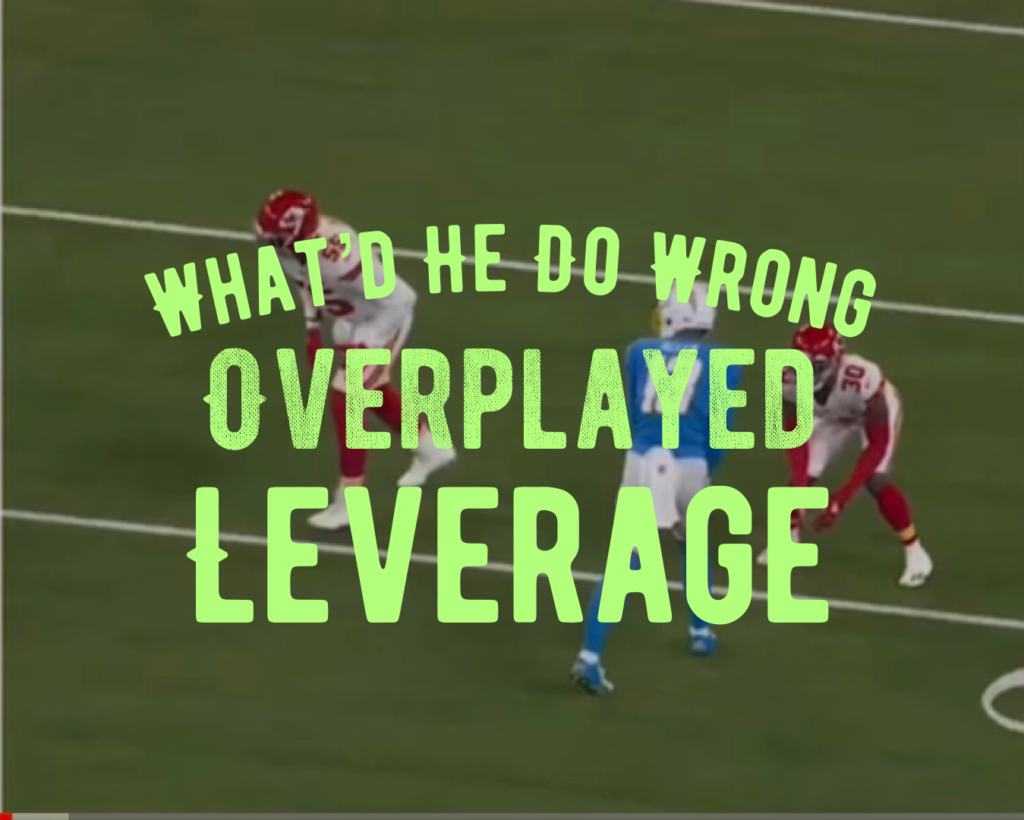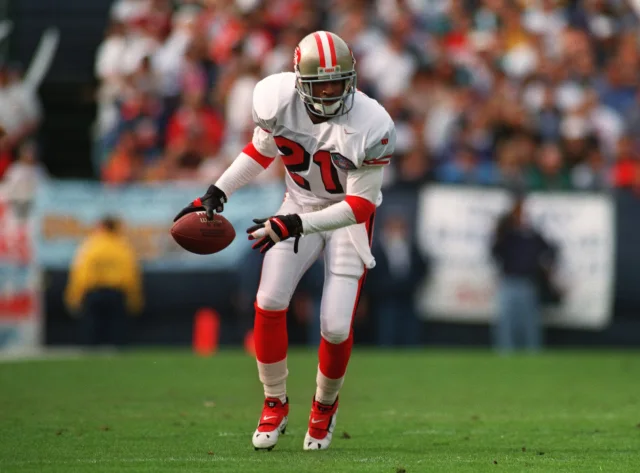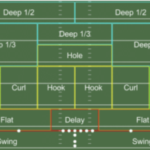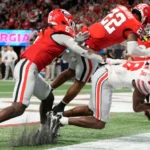Search Your Defensive Back Topic

What’d He Do Wrong: Overplayed Leverage
A new video in the series of What Did He Do Wrong. This one features something that is a pet peeve of mine when it comes to guys playing press man coverage. In the video down below, I break down what went wrong in this press man rep in a game featuring the Kansas City &h...
Read More
Defend the Fade Drill
The fade ball is the most feared pass for defensive backs in coverage. It is also the most poorly played pass in football. It is why so many offenses opt to throw it when they see a defensive back in press coverage. The video that I have posted below shows a great drill to run...
Read More
3 Things Defensive Backs Must Remember During the Game
Football is a very simple game that can get rather complicated at times. That complication hits warp speed when the bullets are flying and the action is hot and heavy. If you are going while the game is going there are some important things for you to remember as a DB while th...
Read More
4 Tips with Clips: Beat Before the Snap
By popular request I am going to run this series 4 Tips with Clips in the members area. It’s really simple, I will break down four clips from games with two being good reps and two being not so good reps. Of course, there is always something to learn both fro...
Read More
Attention Defensive Backs! Stay in Your Circle.
Body control is a must for defense of backs that are looking to stay in and or around the wide receiver that they are covering. This also applies to guys that are trying to be in the proper area in zone coverage when the ball is thrown. To do this there is one simp...
Read More
Know Your DB History: Ty Law
By now the New England Patriots have developed a nice reputation for developing and producing solid cornerbacks in the National Football League. However, there is an entire generation that doesn’t know or won’t remember the man who kicked it all off.&nb...
Read More
DBs You Have to Rehearse Success
I am certain that you are playing the game to be successful. Of course no one is out there just to be out there or at least I hope not. If you have been at this for a while, you realize that there are many components to success but one of the ones that I &hel...
Read More
He’s Bigger Than Me, I Can’t Cover Him
Playing defensive back ain’t easy. I’m not telling you anything you don’t know but what can complicate your situation even more is when you enter your battle feeling defeated already because the wide receiver has an attribute that you feel gives them an...
Read More
Have a Next Play Mentality
You kind of missed the jam at the line of scrimmage, the receiver got a step on you and you are in chase mode. You are running like a bat out of hell to catch up but you’re not reeling him back in. In the midst of your panic you become faintly aware of ...
Read More



